From fossil fuels to Muskrat: How MUN could lead the charge to electrify public buildings
The provincial government is aggressively moving ahead with plans to wean public buildings off oil-fuelled heating systems as Muskrat Falls power inches closer to reality, and Memorial University could lead this conversion strategy.
A study is underway to determine whether it's feasible, from both financial and environmental standpoints, to displace the 11 million litres of No. 2 diesel burned annually to heat some 60 buildings on the St. John's campus, with electricity from a provincial grid that will soon be energized almost exclusively by renewable hydro power.

Documents obtained from government detail a list of 27 buildings — from college campuses and schools to arts and culture centres and transportation depots — in which work is either underway or planned to rip out or mothball oil furnaces and install electric boilers or more traditional baseboard heating systems.
The average cost? About $1 million, with nearly $13 million each from the provincial and federal governments.
Keeping power rates affordable
It's all part of a plan to lower the province's carbon footprint in an era when climate change is top-of-mind, and is one element in a broader effort to prevent electricity rates from doubling once the long-delayed and over-budget Muskrat Falls project begins delivering up to 824 megawatts of power to Newfoundland and Nova Scotia in a year from now.
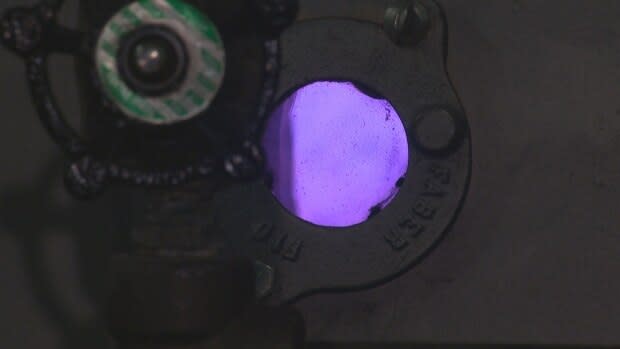
The provincial government wants to move quickly because federal funding for such conversions could dry up by 2022.
"As we've said to the people of the province, we don't want them burdened with the impact of Muskrat Falls," Natural Resources Minister Siobhan Coady told CBC News during a recent interview.
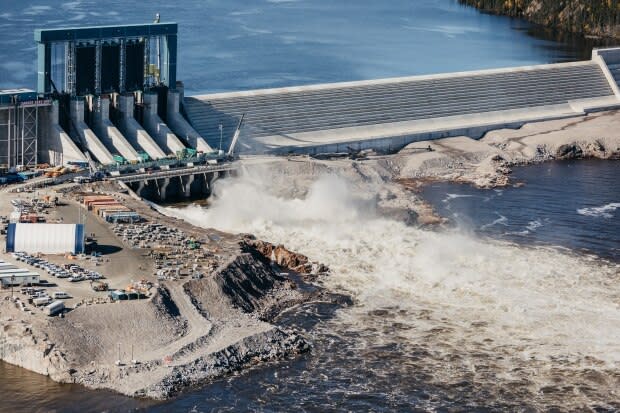
The Muskrat mortgage will cost more than $700 million in 2021, and is expected to grow in future years. Since the financing structure requires that Newfoundland ratepayers pick up this cost, power rates could surge above 23 cents per kilowatt-hour, up from its current 12.2 cents if left unchecked.
The Liberal government has pledged to prevent that from happening, and one strategy is to broaden the customer base in order to cover some of those fixed costs. So-called "electrification" has been identified by experts as a preferred option, since it would generate more revenue than export sales.
The greater the demand for power, the lower the price per kilowatt-hour. It's called "price elasticity," and by gobbling up a lot of that power by heating public buildings, the provincial government hopes to reduce the burden on families and business owners.
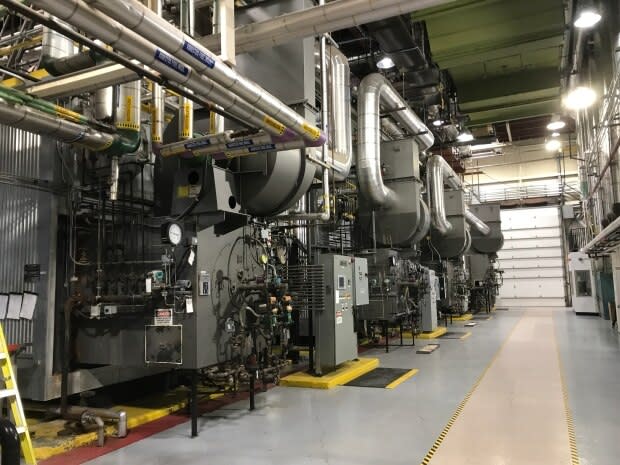
But will it cost less to heat public buildings with electricity than with oil-based products? Or is this strategy simply shifting the burden from ratepayers to taxpayers, which are essentially the same people?
We're not anticipating it to (cost) more.... We're hoping we'll actually save some money.
- Natural Resources Minister Siobhan Coady
"We're not anticipating it to (cost) more," Coady said. "But again the feasibility study will make sure we're doing the correct things.
"We're hoping we'll actually save some money."
Diesel plant a source of pollution
Conversion projects are underway at five government buildings: the College of the North Atlantic campus in Placentia, Donald C. Jamieson Academy in Burin Bay Arm, Hangar No. 3 at St. John's International Airport, the Newfoundland and Labrador Youth Centre in Whitbourne, and Mary Queen of the World school in Mount Pearl.
But the biggest project might take place at MUN's St. John's campus.
The campus depends on diesel fuel to heat dozens of buildings, including the sprawling Health Sciences Centre, the most critical facility in the province's health-care system.
During the coldest months, the heating plant with four massive boilers off Arctic Avenue can consume up to 100,000 litres of No. 2 diesel each day, requiring up to three tanker trucks to top up the tanks.
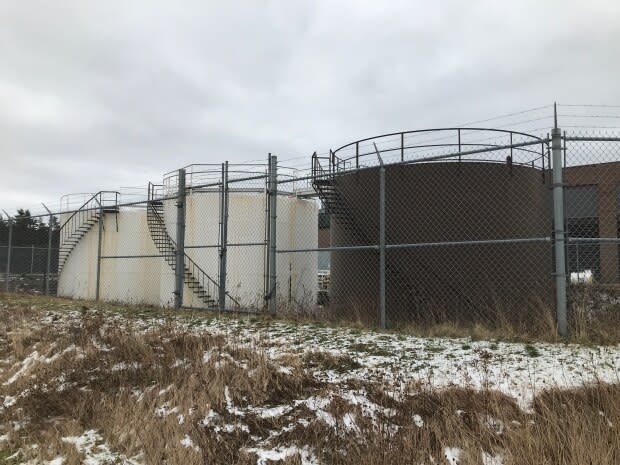
That fuel cost an average of 75 cents per litre in 2019, or roughly $8.5 million annually.
In a year, the plant pumps some 25,000 tonnes of carbon dioxide into the atmosphere. That's the equivalent to nearly 7,000 vehicles.
But that pollution could soon end, and the water needed to operate the complex and far-reaching heating system could be boiled in a furnace charged by electricity from 1,100 kilometres away in Muskrat Falls.

"It's going to be a multimillion-dollar project, but we just don't know because it depends on how many boilers that go in and where the boilers will go. So that's what we're going to get from the RFP," said Scott Hill, MUN's manager of energy systems and controls.
Three companies have responded to a request for proposals to determine the feasibility of installing an electric boiler at MUN, and a government committee is now evaluating those proposals.

Meanwhile, another 263 public buildings are being considered for conversion, along with the province's fleet of vehicles and companies have also been asked to pitch their renewable energy ideas to the provincial government for isolated communities in Newfoundland and Labrador that depend on diesel generators for electricity.
The executive director of the N.L. Environmental Industry Association applauds the electrification strategy.
"That is something we really should be proud of," said Kieran Hanley.
The non-profit association represents companies that support the shift toward a green economy, and believe electrification is a big step in that direction.
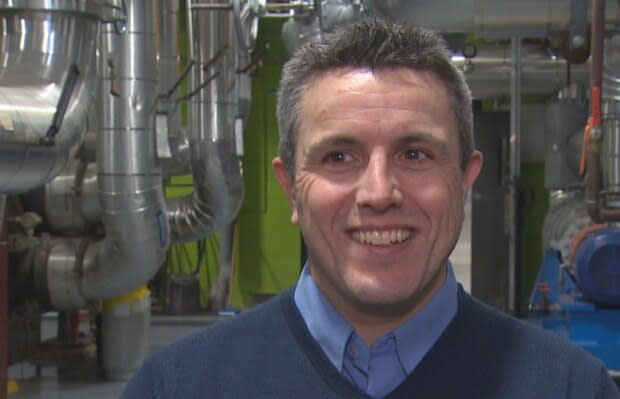
Once Muskrat is complete, 98 per cent of the province's electricity system will be powered by renewable energy sources.
"The electrification of buildings and personal vehicles, I think those are the baseline things we can do to increase the use of electricity, as opposed to fossil fuels," said Hanley.
"The less fossil fuels that we use to electrify our buildings and other processes, the better off we all are from an environmental perspective. I think you're going to see a lot of activity coming in the next few years."
Read more from CBC Newfoundland and Labrador


